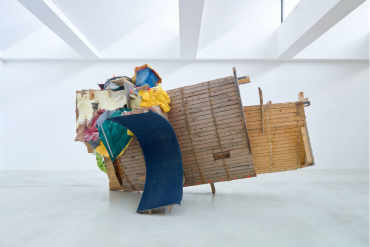Montblanc’s Latest Fragrance Collection: A Sensory Journey Through Heritage and Craftsmanship
Montblanc, renowned for its mastery in crafting exquisite writing instruments, now translates its heritage into a captivating fragrance collection. This innovative leap is more…










